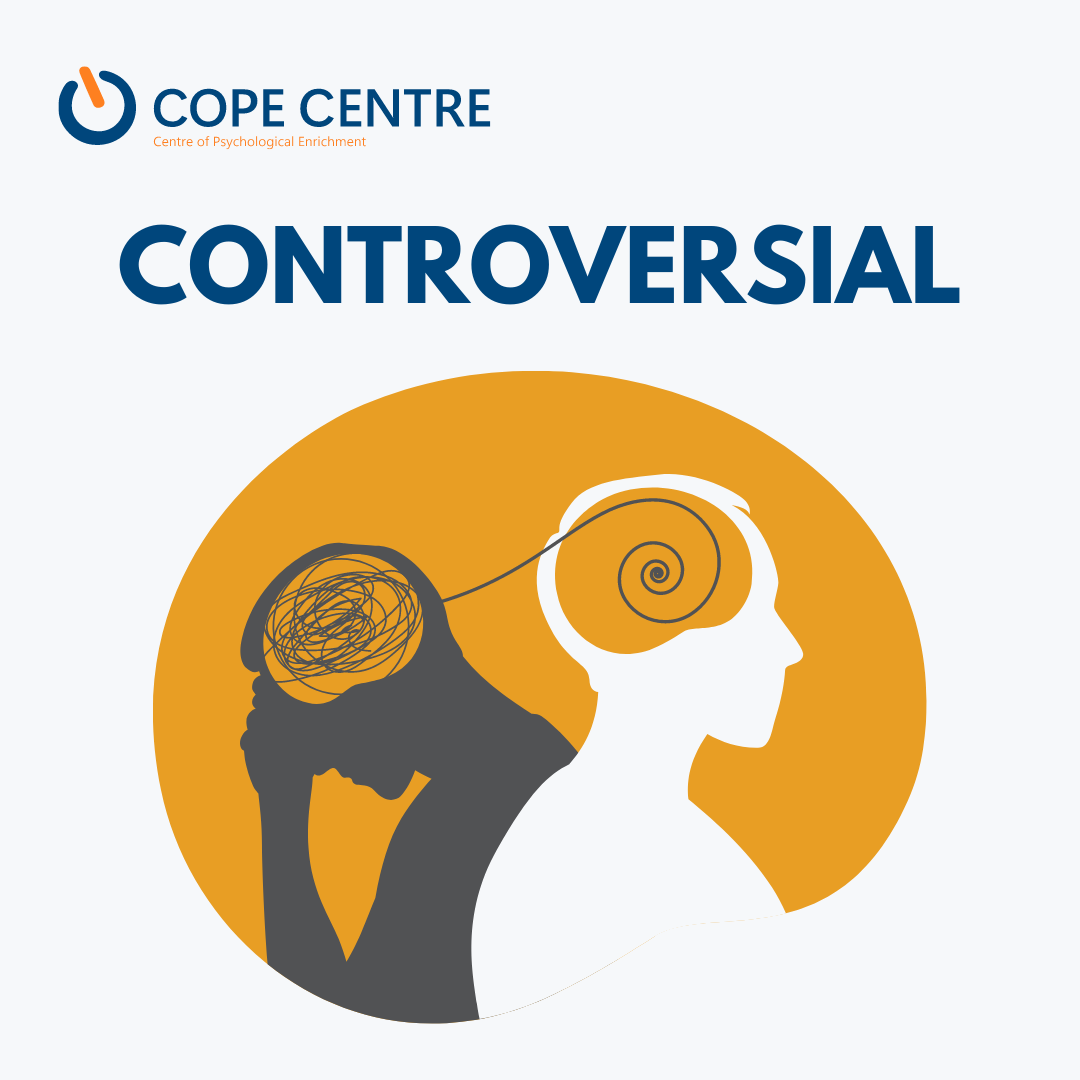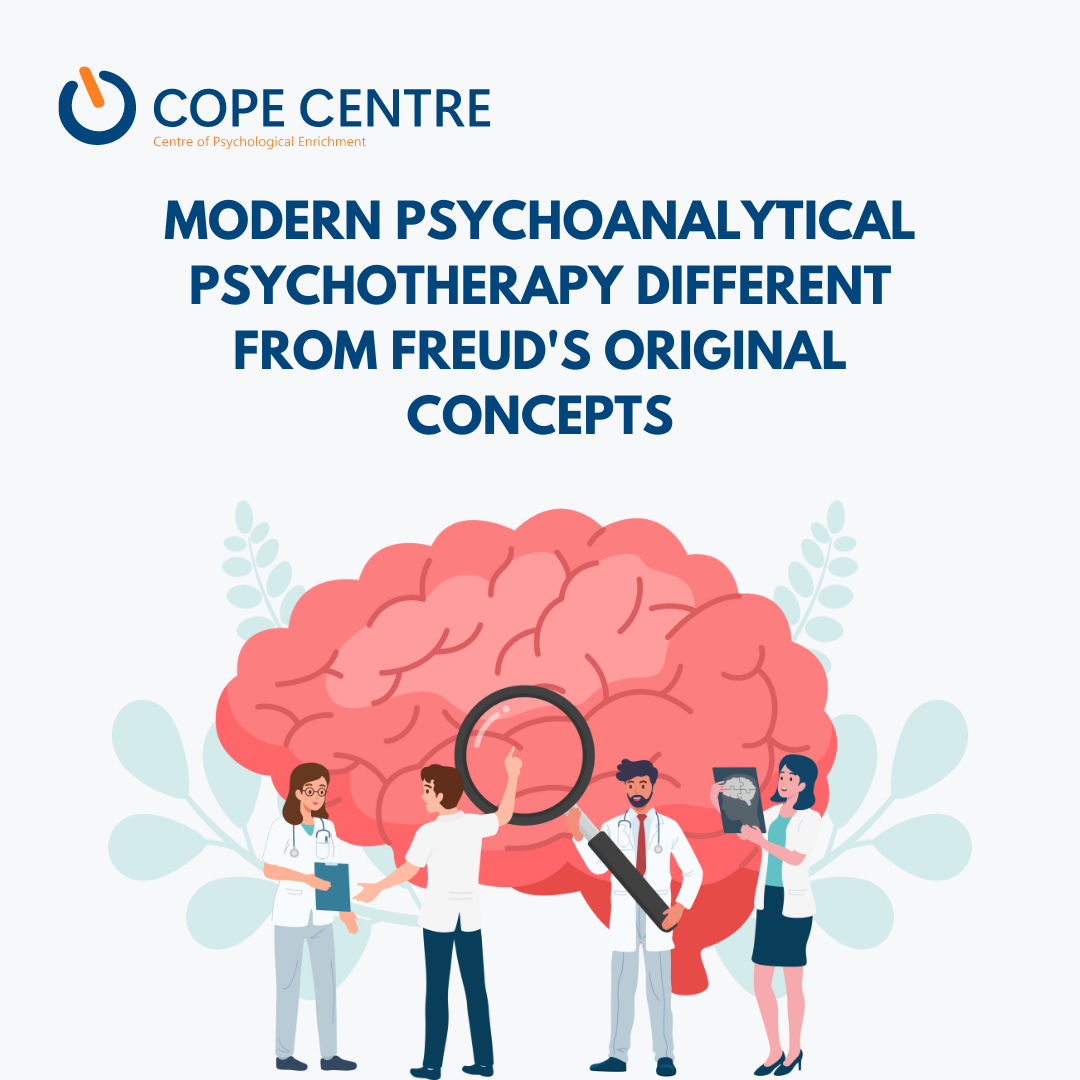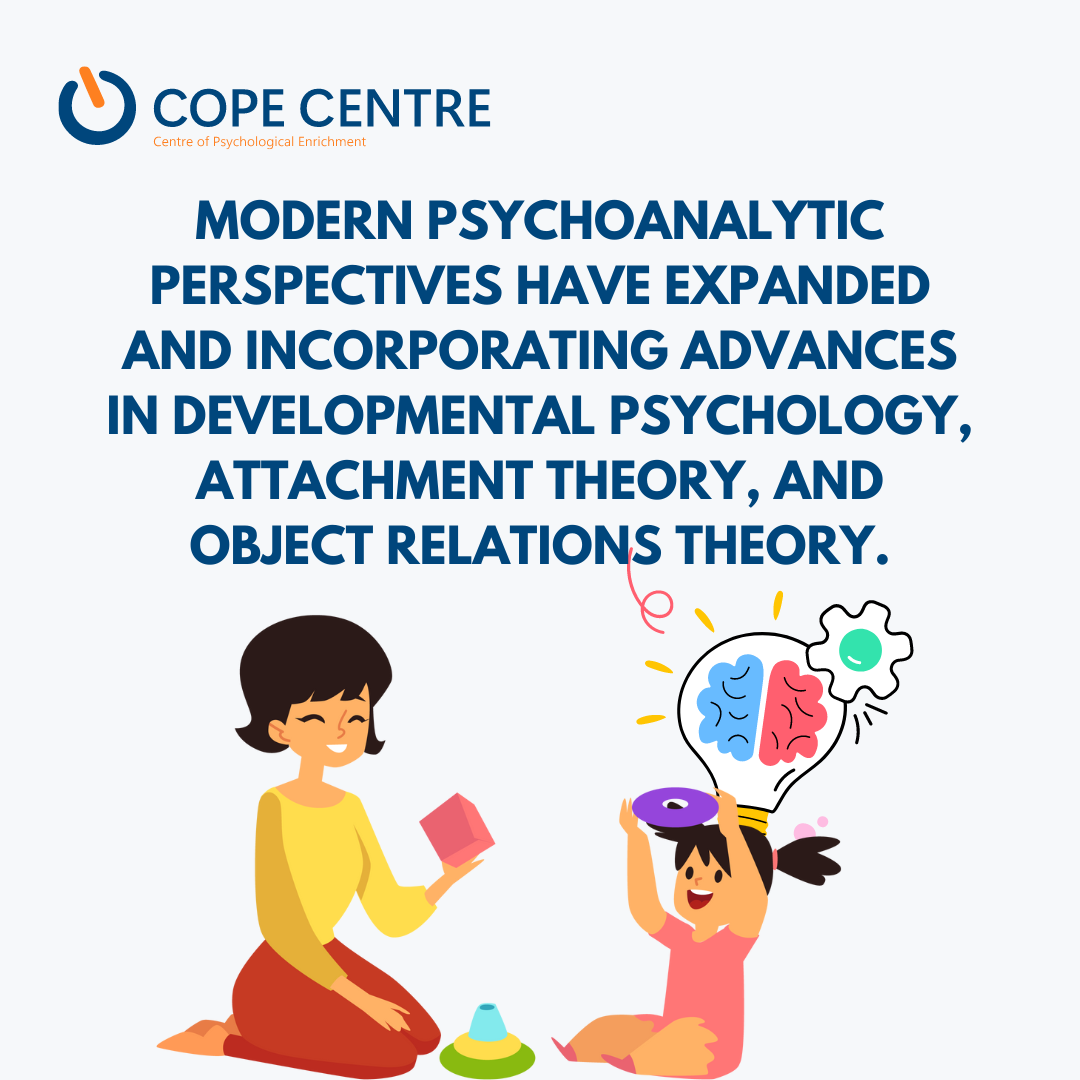We are exploring the evolution of psychoanalysis through a question-and-answer format. This method addresses common questions people often have, making it easier to understand the journey of psychoanalysis from its inception to its contemporary practices.
Q: What are the beginnings of psychoanalysis?
A: Psychoanalysis originated with Sigmund Freud in the late 19th century. Freud developed this psychological approach to explore and understand the unconscious mind, driven by the trauma and psychological issues he observed, especially during World War I. Freud’s emphasis on unconscious desires and conflicts as key drivers of behavior laid the foundation for psychoanalytic theory and therapeutic practices. Interestingly, Freud was originally a neurosurgeon with a deep interest in neuroscience, Darwinian theory, history, and literature. He was cautious in presenting his ideas to the medical community, given the controversial nature of his work.

Q: Why was Freud so controversial?
A: Freud’s ideas were controversial for several reasons. His emphasis on unconscious desires, sexual instincts, and childhood experiences challenged the conservative, Victorian societal norms of his time. Additionally, Freud’s theories were not backed by empirical evidence; instead, they relied heavily on introspection and famous case studies, making them less scientifically rigorous by the standards of his peers. The provocative nature of his ideas and his departure from traditional psychology contributed significantly to the controversy surrounding psychoanalysis.
Q: What makes modern psychoanalytical psychotherapy different from Freud’s original concepts?
A: Modern psychoanalysis has evolved significantly, incorporating new insights while moving beyond some of Freud’s original ideas. Contemporary psychoanalysis emphasizes a more collaborative and interactive therapeutic relationship, in contrast to Freud’s more directive approach. It also considers cultural, social, and complex gender factors that Freud may not have extensively addressed, partly due to his concerns about being ostracized by the medical community.
Modern psychoanalysis has also integrated findings from developmental psychology, neurobiology, attachment theory, philosophy, and even religion, enriching the understanding of human behavior. While we owe a great deal of respect to Freud for laying the groundwork, the field has diversified, with various psychoanalytic schools of thought offering different perspectives on the therapeutic process.


Q: How has psychoanalysis followed child development?
A: Psychoanalysis has closely followed child development, building on the early work of Sigmund Freud. Freud’s psychosexual stages of development—oral, anal, phallic, latent, and genital—described the progression of desire and psychosexual energy from infancy to adulthood. These stages laid the groundwork for understanding how early experiences shape personality development.
Modern psychoanalytic perspectives have expanded upon Freud’s work, incorporating advances in developmental psychology, attachment theory, and object relations theory. These perspectives emphasize the importance of early relationships, family dynamics, and attachment patterns in shaping personality. Understanding these patterns is crucial in psychotherapeutic work, especially in psychoanalysis, where unresolved childhood conflicts are seen as manifesting in adult behavior and impacting psychological well-being.
Q: How does contemporary psychoanalytical psychotherapy connect with neuroscience?
A: Contemporary psychoanalysis has increasingly sought connections with neuroscience to bridge the gap between psychological theories and biological processes. Advances in brain imaging technologies have allowed researchers to explore the neural mechanisms underlying mental processes. This collaboration has led to a more comprehensive understanding of how the brain functions in relation to emotions, memory, and unconscious processes.
Today, psychoanalysts may draw on neuroscientific findings to enhance their understanding of mental health and behavior. While there are still challenges in fully integrating the subjective experiences explored in psychoanalysis with objective data from neuroscience, the dialogue between the two fields continues to evolve, enriching both disciplines.
Conclusion: The evolution of psychoanalysis from Freud’s early work to contemporary practices reflects a journey of adaptation and integration. While modern psychoanalytical psychotherapy has moved beyond some of Freud’s original concepts, his influence remains foundational. The ongoing dialogue between psychoanalysis and other disciplines, such as neuroscience, continues to shape the field, offering deeper insights into the complexities of the human mind and behavior.
COPE Centre of Psychological Enrichment
Visit us at 2 Lawrence Avenue, West Perth
📞 (08) 6556 6460
📧 [email protected]
Our services About – Cope Centre
Follow us here Facebook


